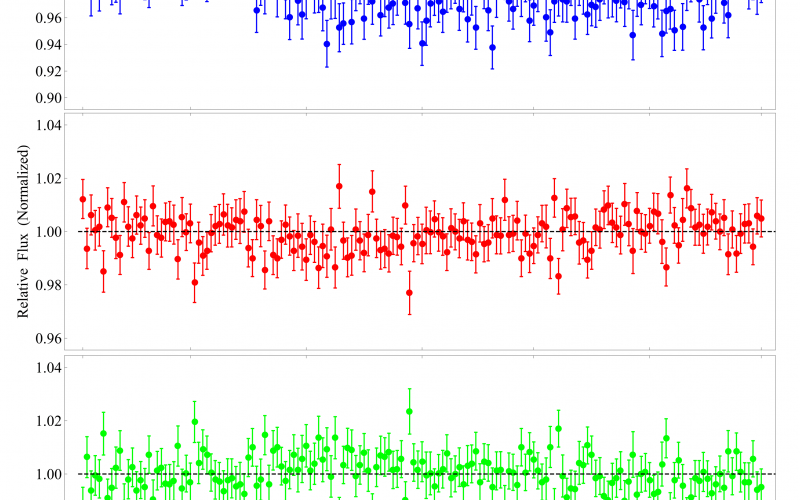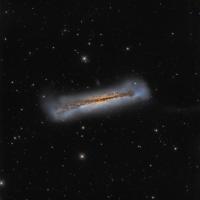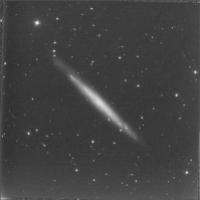Exoplanet Detection
Exoplanet detection via transit photometry has blossomed into one of the most fruitful fields in all of physics in the last decade with NASA missions like Kepler. An exoplanet transit refers to the event where a planet in orbit around a host star passes between the line of sight of an observer and the host star. If the brightness of host star were to be monitored during a transit event, such as with a light curve (a plot of the star’s brightness throughout time), the observer would notice a decrease in the host star’s brightness due to the interference of the planet. Through light curve generation from an exoplanetary transit, estimates of planet parameters like radius and semimajor axis can be obtained.
Mr. Paneli, advised by Dr. Rodrigue, conducted transit photometry on the star Kepler-17, known host to exoplanet Kepler-17b, using the Great Basin Observatory, in an effort to perform one of the first exoplanet detections in the telescope’s 2-year history. They were able to gauge the lower limits of the host star brightness for which the 0.7-meter telescope retains sensitivity. The also established a transit depth threshold for detection confidence. Evidence for detection of Kepler-17b, estimates of its radius, semimajor axis, and orbital period, were measured as well as a transit depth minimum for GBO detection.
Read more; Exoplanet Detection Via Transit Photometry Using the Great Basin Observatory- Nevada State Undergraduate Research Journal.V5:I1 Spring-2019. (2019)








